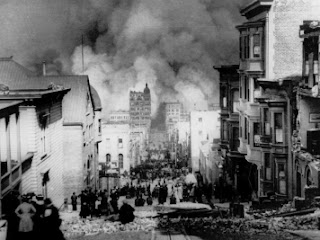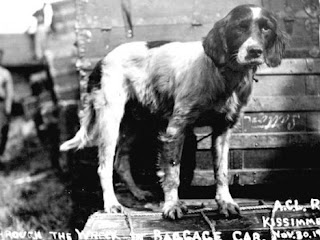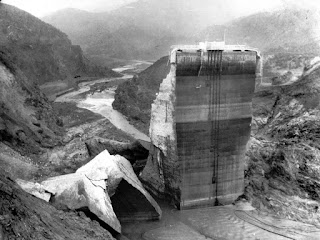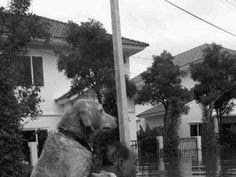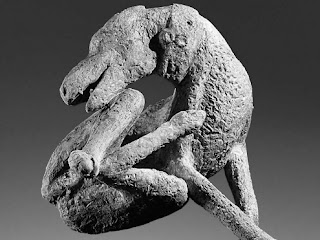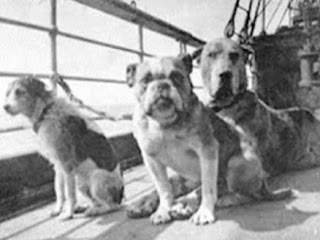A few days ago was the 35th anniversary of the Chernobyl disaster in Ukraine - the worst nuclear disaster in history. Unfortunately, many dogs had to be left behind.
 |
| Worker with two dogs a few weeks after the Chernobyl disaster. |
On April 26, 1986 the Chernobyl Nuclear Power Plant exploded, releasing 400 times more radioactive material into the Earth's atmosphere than the atomic bomb dropped on Hiroshima during WWII. Tens of thousands of people were forced to leave Chernobyl and surrounding areas, and many had to leave their pets (mostly dogs) behind, having been told they could return to their homes within a few days. Not only were they not allowed to return to their homes, workers known as "liquidators" shot as many dogs as they could to prevent the spread of radiation contamination.
The dogs that managed to avoid being shot lived short lives due to radiation, lack of food, harsh winters and attacks from wild animals. However, they managed to produce offspring that continue today.
Workers responsible for the upkeep of the no longer operational power plant have gone to great lengths to care for the dogs by giving them food and building them huts to stay warm. They play with the friendly ones and bury those who die. Some of the dogs are even given names. According to one guard, "They give us joy. For me personally, this is a kind of symbol of the continuation of life in this radioactive, post-apocalyptic world."
In 2016, Clean Futures Fund and several of their partners stepped in to offer assistance to the dogs living in the exclusion zone around Chernobyl. They provide food, medical care, vaccines and sterilizations.
In 2018, some puppies with low levels of radiation were allowed to be adopted into homes.
In 2019, HBO released a five-part series about Chernobyl, causing a huge outpouring of help and support for the dogs.


